For a variety of reasons, the ketogenic diet has gained a large amount of popularity in recent years.
From Dr. Perlmutter’s best-selling Grain Brain, to Bulletproof Coffee, to the emergence of the bodybuilding community widely using ketogenic diets to help attain very low levels of body fat before physique competitions, the diet’s visibility has never been higher.
That being said, there are many misconceptions about this approach to eating, and many questions for which even scientific experts still do not have all the answers.
Curious about ketosis?
Click here to get the FREE Easy Keto Guide to learn the right way to go keto!
What Is the Ketogenic Diet?
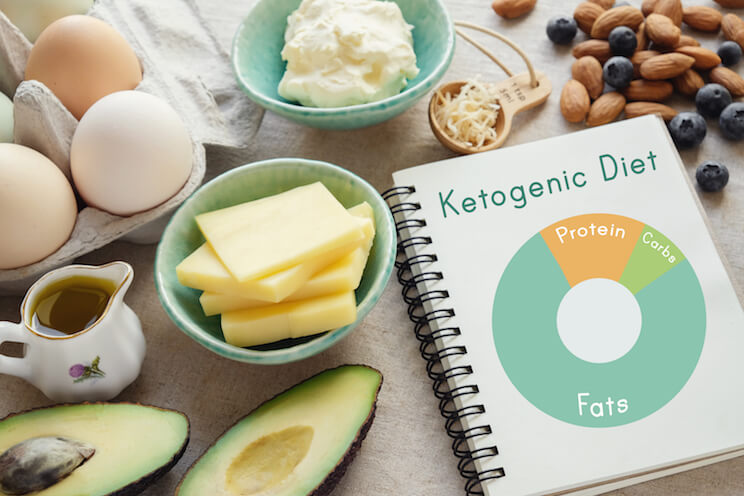
High in saturated fat, nearly devoid of carbohydrates, and limitless in bacon, the ketogenic diet defies conventional wisdom. Interestingly, the ketogenic diet has many scientific benefits in neurological health. (1) Researchers find that the ketogenic diet provides disease-modifying effects in a large range of neurodegenerative disorders, like Alzheimer’s and Parkinson’s. (2) Furthermore, patients with brain injuries or stroke history have seen benefits from adopting the keto approach.
But what exactly is the ketogenic diet? To answer that question, we need to cover the basics of what a regular, standard American diet consists of. High in carbohydrates, the traditional Western diet provides lots of glucose, which your body uses as its go-to source of fuel. This type of eating approach is high in carbohydrates, low to moderate in protein, and fairly low in fat. The ketogenic diet, in essence, flips this approach on its head. [tweet_quote] The ketogenic approach was originally developed for those suffering from epilepsy [/tweet_quote]
By removing most (if not all) sources of glucose, the ketogenic approach teaches your body to run more effectively on fatty acids. This approach elevates circulating levels of the ketone bodies acetoacetate, β-hydroxybutyrate and acetone – which the liver produces. Additionally, the brain and other tissues may run more efficiently on these sources when compared to glucose.
How To Start a Ketogenic Diet
So if you are ready to try this approach, there are a few things you’ll want to consider before starting:
Enlist the Help of a Certified Professional
It’s important that you work with a qualified professional if you’re looking to adopt this diet. There are many things that can go wrong with this approach, which can throw your body into shock as a result. (3) Micronutrient deficiencies are commonly cited issues, along with trying to over-exercise, and burning oneself out. Endurance activities or glycogen-demanding exercise must be removed from one’s routine if you’re truly looking to utilize the ketogenic approach.
Stock Up on High-Quality Ingredients
If you’re ready to begin, you’ll want to load up on a few items at the grocery store. Grass-fed butter, coconut oil, and grass-fed beef are great ingredients to keep stocked. Again, get the highest quality you can afford. If you’re really serious about the ketogenic approach, you’ll can opt for MCT oil, which has been shown to be better for the ketogenic approach. Don’t forget to fill your cart with plenty of green veggies like kale, spinach or broccoli – nothing too starchy.
Anticipate Low-Energy Activity
Depending on how many carbohydrates you cut out, you may not feel very energetic or happy during the first few days. Think about social situations, food shopping, and variety in your diet. Plan accordingly if your profession or schedule requires high-energy output. It’s important to realize that a more realistic approach would be to moderately and slowly reduce your carbohydrate intake over a period of days or weeks. Ideally, you’ll want to be consuming between 30-80 grams of carbohydrates per day. This can vary from person to person, but you’ll be eating a large amount of meat, fat, and very little else.
Health Benefits of a Ketogenic Diet

As mentioned earlier, there are numerous benefits to adopting the ketogenic diet. The best benefits may be neurological, but there’s also reports of weight loss that has become popular within the bodybuilding community. By keeping your protein intake fairly high (but not too high), you will spare your muscles and lose only the fat – the holy grail of every diet.
Despite the positive benefits of a ketogenic diet, there are a few downsides to discuss:
Difficult Long-term Compliance
For starters, it’s fairly hard to stick to this approach long term. The limited amount of foods, lack of glucose, social pressures, and diet compliance are much more difficult than with any other diet.
Limited Exercise Regimens
Another big downside is the lack of endurance or glycogen-demanding workouts one can participate in. If adopting this approach, one should basically walk, lift heavy weights, and sleep. This can again be very limiting when attempting to be social or participate in group activities like being on a sports team. Depending on your stress level at your job and other lifestyle factors, you may feel low on energy compared with consuming moderate levels of carbohydrates.
Yo-Yo Dieting
Another problem associated with the ketogenic diet is yo-yo dieting. Because sugar is so omnipresent in society, it can be very difficult to abstain from it completely (4). Additionally, when ketogenic dieters get a little taste, they tend to have a tough time not binging on the stuff completely. This gives credence to the fact that it may be better to go for a more moderate level of carbohydrate intake, occasionally dipping into ketosis, via intermittent fasting.
Pending Science Results
Then, there’s the lack of available, reliable, long-term data on what kind of effect this approach to eating has on our body. It may not be so great to be pounding our bodies with saturated fat, all day, every day. Certainly, a Paleo approach, which is lower in saturated fat, seems much safer for the long term. That is not to say that the ketogenic diet could end up being totally safe; it just means that the jury (and scientific data) is still out on this particular point.
The Bottom Line
I hope I have provided an in-depth guide for you on exactly what the ketogenic diet is about, how to implement it and what pitfalls you’ll want to expect and avoid. As the scientific community rapidly gains more knowledge around nutrition, it’s interesting to see what data comes out. Ten or twenty years from now, we may find that the ketogenic diet is the optimal way to eat – we simply do not have all the data yet.
Conversely, we may find that this approach is less than ideal for most people. More than any other diet, the ketogenic blueprint is very individualistic, meaning that some may find it works great, while others feel dismal. You really won’t know if this approach is right for you until you try it for yourself. So if you are interested, make sure you enlist the help of a qualified professional, and get to work buying lots of butter and grass-fed meat!
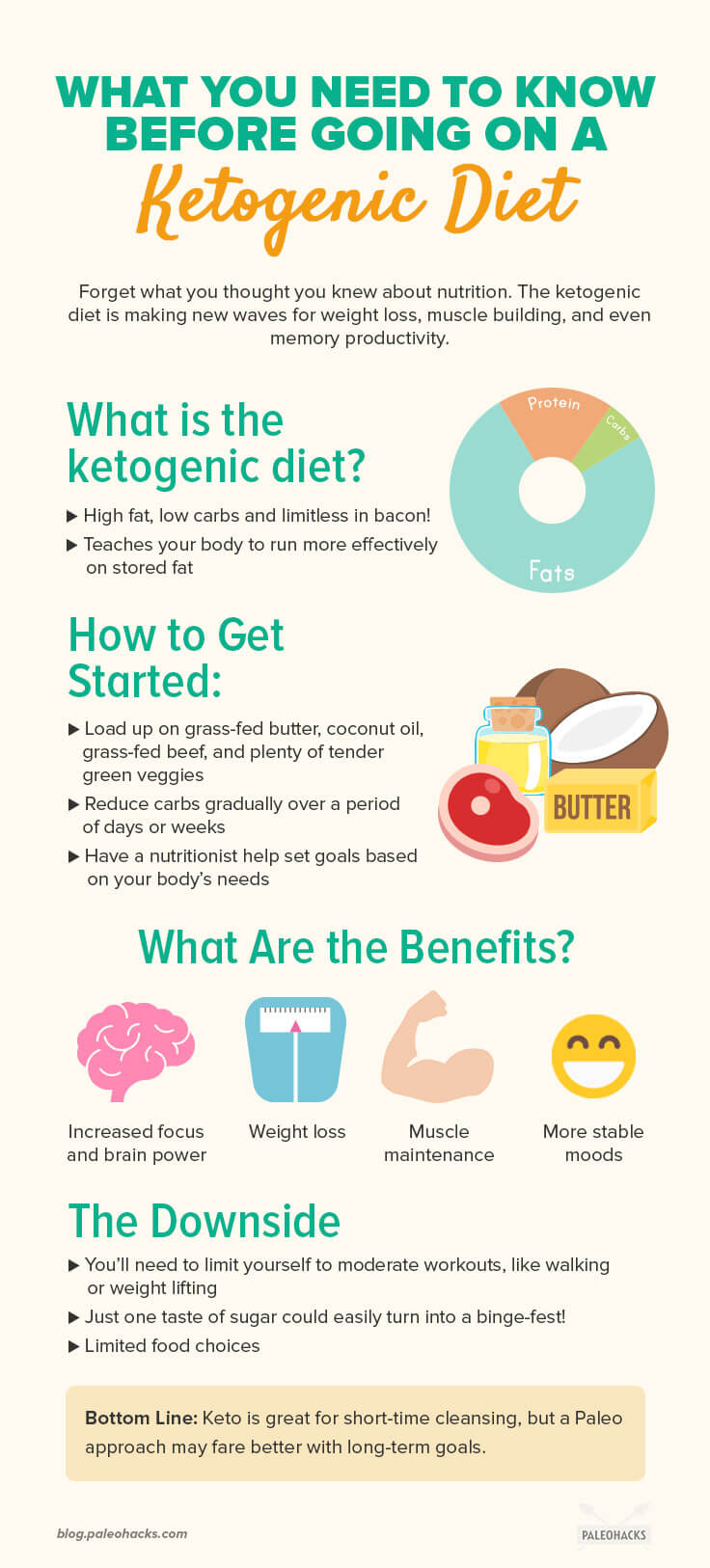
(Read This Next: 23 Keto-Friendly Snacks)


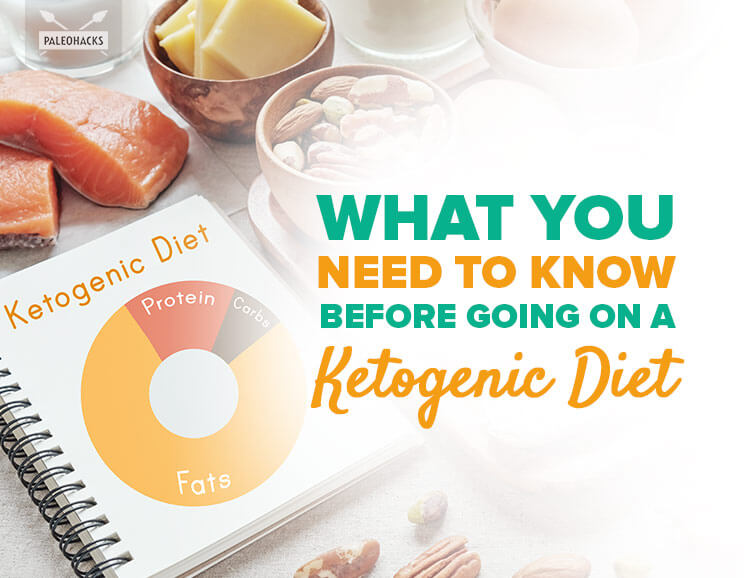
 The Truth About Carbs
The Truth About Carbs
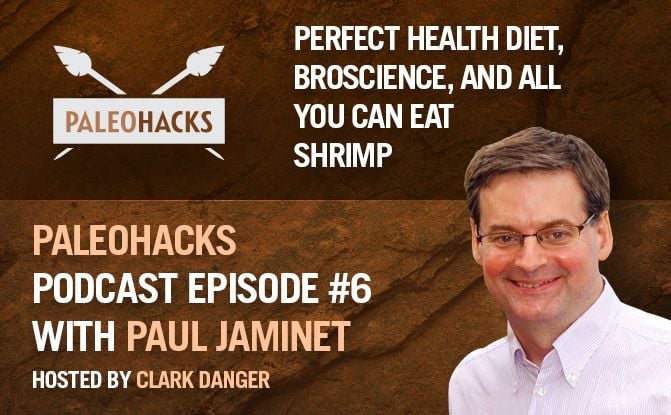

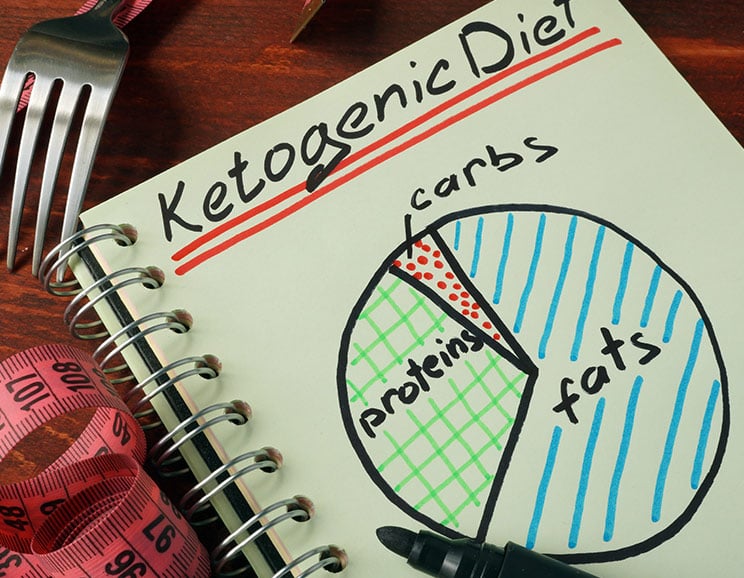





Show Comments